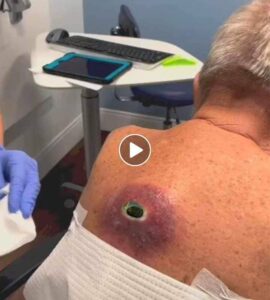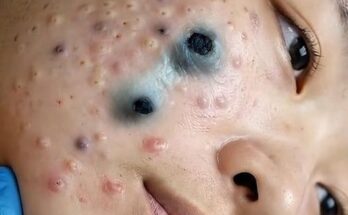Niacinamide has become one of the most talked-about ingredients in modern skincare, and for good reason. Known also as vitamin B3, niacinamide is a powerful yet gentle ingredient that offers a wide range of benefits for all skin types.
When it comes to acne-prone skin, it plays a particularly important role in soothing inflammation, balancing oil production, and strengthening the skin barrier. Unlike harsh acne treatments that can lead to dryness or irritation, niacinamide works in harmony with the skin, promoting a healthier and more balanced complexion over time.
One of the most impressive qualities of niacinamide is its ability to regulate sebum production. Excess oil is one of the main factors that contribute to clogged pores and breakouts. By helping the skin maintain a balanced level of oil, niacinamide minimizes the likelihood of new acne forming while keeping the skin hydrated.
This makes it ideal for both oily and combination skin types. Even those with dry skin who experience occasional blemishes can benefit from its gentle, non-drying properties.

In addition to balancing oil levels, niacinamide is known for its anti-inflammatory effects. Acne often causes redness, swelling, and irritation, and this ingredient helps calm those visible signs of inflammation. Regular use can lead to a noticeable reduction in the appearance of active breakouts and post-acne redness. Over time, niacinamide can even help fade dark spots left behind by blemishes, promoting a more even and radiant skin tone. This makes it not just a treatment for active acne but also a solution for achieving smoother, brighter skin overall.
Another key advantage of niacinamide is its ability to strengthen the skin’s natural barrier. The skin barrier acts as a protective shield that helps retain moisture and keep harmful irritants out. When the barrier is compromised, skin becomes more vulnerable to dryness, sensitivity, and breakouts. Niacinamide enhances this protective function, ensuring that the skin stays resilient and less reactive to environmental stressors. This is especially beneficial for those who use acne treatments that can weaken the barrier, such as exfoliating acids or retinoids. Adding niacinamide to a routine helps support recovery and balance.
Incorporating niacinamide into a skincare routine is simple, as it pairs well with most ingredients. It can be found in serums, moisturizers, and even cleansers. Many people prefer serums because they allow for a concentrated dose of the ingredient to penetrate deeper layers of the skin. When using niacinamide, consistency is key. Applying it once or twice daily can lead to visible improvements within a few weeks. It is also compatible with other common acne-fighting ingredients, such as salicylic acid or hyaluronic acid, as long as the products are used thoughtfully to avoid irritation.
When choosing a niacinamide product, it is best to look for formulations that contain between 2% and 10% concentration. Lower concentrations are great for sensitive skin or beginners, while higher ones can offer more noticeable results for those already familiar with the ingredient. It is also important to select products free from added fragrances or alcohols that can irritate acne-prone skin. A gentle, balanced formula will provide the most effective and comfortable results.
Overall, niacinamide stands out as one of the most versatile and well-tolerated skincare ingredients available. Its ability to target multiple concerns at once—acne, redness, excess oil, and uneven tone—makes it a valuable addition to any skincare routine. By supporting the skin’s natural balance and strengthening its barrier, niacinamide offers a pathway to clearer, calmer, and healthier-looking skin without the harshness often associated with acne treatments. Whether you are dealing with persistent breakouts or just occasional blemishes, niacinamide provides a reliable and gentle option that promotes long-term skin health and confidence.


